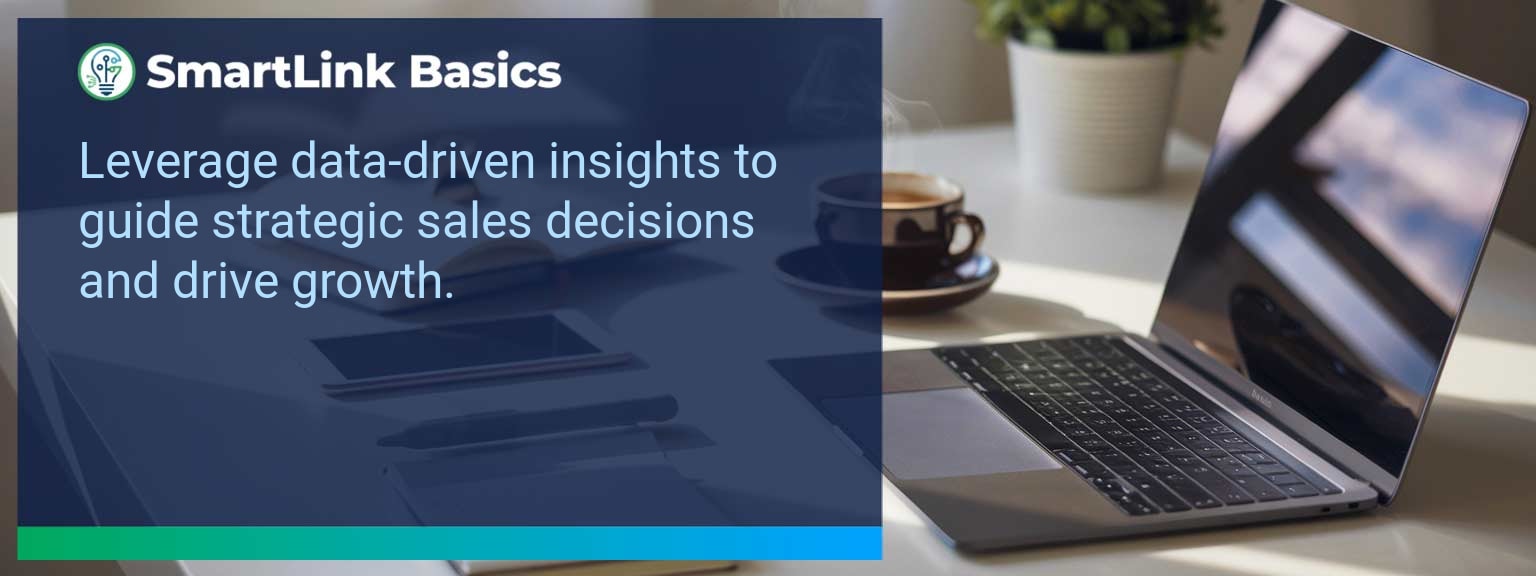Efficient sales operations depend on removing repetitive, low-value work that slows decision cycles. McKinsey research shows that task automation can free up to 30% of a sales team’s time, allowing them to focus on higher-value opportunities. At SmartLink Basics, we’ve seen custom task automation unlock measurable revenue impact when applied strategically. This matters now because AI-driven workflows make targeted automation more accessible than ever—if implemented with precision. In this article, you will learn how to pinpoint bottlenecks, apply task automation strategies effectively, track ROI, and anticipate the next wave of automation innovation to maintain competitive advantage.
- Identify high-friction processes slowing engagement and conversion
- Configure automation solutions tailored to your workflows
- Integrate productivity tools into daily operating cadence
- Measure performance with leading, lagging, and quality metrics
- Adapt strategies to emerging AI-driven automation capabilities
What Changed and Why Custom Task Automation Matters Now
The acceleration of AI-enabled tools has shifted automation from generic templates to precise, workflow-specific design. For sales leaders, this capability means administrative tasks, CRM updates, and reporting can run without human intervention while aligning with strategy. Teams no longer have to accept rigid software limitations; automation can now match the logic of your sales process. A B2B SaaS company, for instance, implemented lead-routing automation tied to its ICP segmentation, reducing qualification time from 36 to 4 hours. The shorter cycle led to 18% higher close rates. The actionable step is to audit every recurring process for automation readiness, prioritizing those with measurable impact on revenue velocity.Redesign the Revenue Operating System with Custom Task Automation
Automation becomes transformational when integrated into core operational design, not added as an afterthought. ICP, Segmentation, and Targeting Automating ICP classification allows dynamic lead distribution based on fit and priority. This prevents reps from wasting time on low-potential accounts. Pipeline Architecture Automate stage progression alerts and stale deal tracking to maintain movement and focus. Plays and Messaging Deploy automated follow-up sequences triggered by buyer signals to maintain consistent engagement. Operating Cadence Sync automation with existing meeting rhythms, so dashboards and metrics refresh prior to pipeline reviews. An actionable takeaway: integrate automation points directly into the sales playbook and pipeline governance.Common Bottlenecks Slowing Down Performance
Even the best-designed process can stall due to manual touchpoints. Frequent bottlenecks include prolonged data entry, delayed reporting, and inconsistent follow-up cadence. These limit the scalability of sales efforts and dilute team focus during critical periods. For example, a manufacturing supplier’s reps spent over 10 hours weekly updating quote data across disconnected systems. Consolidated automation cut that to under one hour, freeing bandwidth for prospecting. Addressing bottlenecks starts with identifying where human intervention adds no real value and building automation that enforces accuracy without delaying action.Implementing Effective Automation Solutions
Custom task automation works best when mapped to a clear process hierarchy. Start with tasks that have fixed decision rules, then expand toward more nuanced AI-driven decisions. Choose automation software that integrates with your CRM, communication tools, and project management platform. An insurance brokerage, for instance, configured an automation that triggered renewal reminders 90 days out and auto-generated policy review summaries. Service teams reported a 25% lift in retention rates in the first quarter. The practical move: pilot automation in one function, validate performance, and then scale with minimal disruption.Measuring the Impact of Automation
Clear measurement ensures automation drives actual performance, not just activity. Separate metrics into leading indicators, lagging results, and quality outcomes to monitor balance.| Category | Metric | Definition | Target |
|---|---|---|---|
| Leading | Automated Task Completion Rate | % of identified processes successfully automated | 90%+ |
| Leading | Lead Response Time | Average minutes from inbound lead to first contact | <15 minutes |
| Lagging | Revenue per Rep | Average closed revenue per salesperson | +15% YoY |
| Lagging | Customer Retention | % of customers renewing contracts or repeating purchases | 85%+ |
| Quality | Data Accuracy Index | % of CRM and reporting data matching verified inputs | 98%+ |
| Quality | Rep Satisfaction Score | Average survey rating from sales team on automation impact | ≥ 4.2/5 |
Innovations Shaping Tomorrow’s Automation Trends
AI orchestration platforms are making automation adaptive—able to adjust workflows in real time based on changing deal conditions. Advances in NLP and predictive analytics will enable automated systems to craft contextually accurate responses and forecasts without manual input. A practical example: next-gen automation could forecast deal slippage risk and trigger corrective tasks without manager initiation. To stay ahead, sales leaders should maintain a dedicated watchlist of automation vendors and pilot emerging tools quarterly.Get the 90-day plan, coaching rubric, and dashboard template to operationalize AI in your enablement program.









